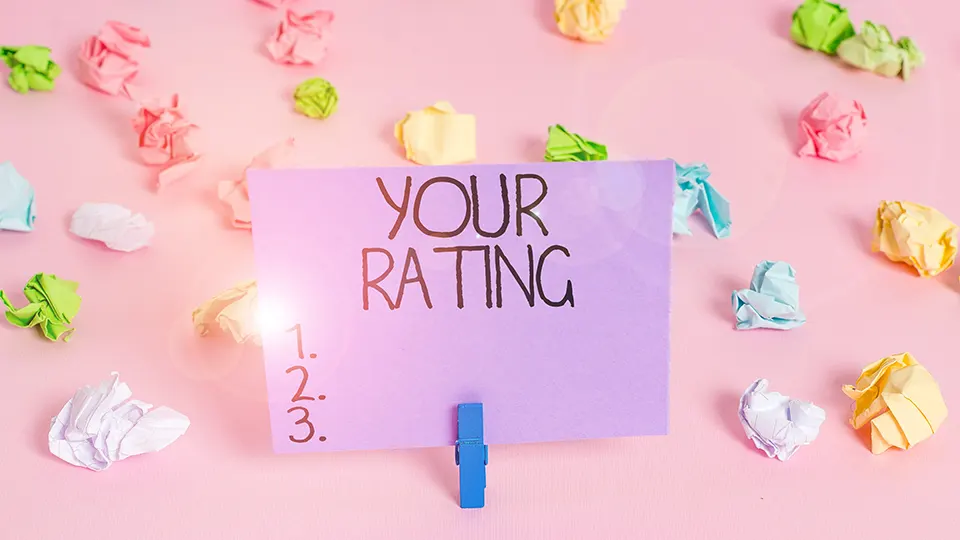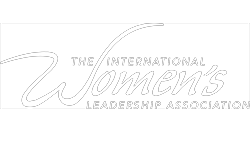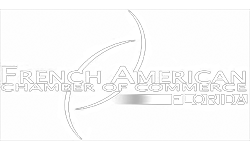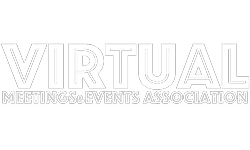Think table etiquette are generally the same in France, the U.K. and the U.S.? Think again. When you are traveling the globe—as our team members at Vibe often are, planning amazing events in destinations around the world—it is critical to understand the cultural differences between countries you are visiting and assimilate with the locals to demonstrate respect and understanding. While one country’s tradition may seem strange to you, remember that your country’s tradition may seem equally strange to them. Here’s what to know before sitting down to dinner in each of these three countries, whether for business or for pleasure.

Etiquette in France
Wait for your host to say “Bon appetit!” before eating. (This is also a fun tradition to bring back to your home country, as it creates a certain fanfare around a meal.)
Don’t take a sip of wine before toasting—and remember to add enthusiasm. The French take great pride in the beverages they serve with a meal, so you’re to honor this by raising your glass and looking your dining partners in the eyes, and avoid crossing arms with anyone. If dining in the company of both men and women, the men are expected to pour the wine.
Don’t rush a meal. The French spend at least 45 minutes eating lunch each day, among the longest of any country. Take time to enjoy your food and savor every bite—and plan your schedule accordingly so you’re not rushing to take a call one hour after lunch is scheduled to begin.
You may find it surprising that many French restaurants do not offer a bread plate. When you are breaking bread, it is proper to leave it on the table beside your plate, and never on top of it. If the bread basket remains on the table for the duration of the meal, it is acceptable to clean up the remaining food on your plate with a hunk of baguette, as the French do.
French etiquette calls for keeping your hands (but not elbows) on the table at all times. This may feel awkward to those who are not from France, so do your best to maintain a comfortable position. Place your hands on the table on each side of your plate, palms down or on the side.
When it comes to silverware on a French table, always keep the knife in your right hand and fork in your left. When you’re finished with your meal, lay the knife and fork parallel to each other to the right of your plate to signal to the waiter that you’re done eating.
There are also certain rules to follow when it comes to the proper way to eat French foods, such as: Don’t remove the skin from cheeses, don’t touch cheese with your fingers and don’t spread foie gras with a knife (instead, place a slice on your bread).

Etiquette in the U.K.
If you have plans to go out for dinner in the U.K. with colleagues or clients, you may wish to eat a snack in advance. The English usually begin their evening meal around 8:00 P.M.
Do not be late. The British place high value on punctuality, so arriving even a few minutes late can be seen as rude. Likewise, do not accept an invitation to dine unless you actually plan to go. Last-minute cancellations or no-shows are frowned upon.
Diners in the U.K. may use forks differently than what you are used to. For example, forks are often held tines down, allowing food to be scooped onto the backside of the fork (this works for things such as mashed potatoes). A knife placed above the plate is used for butter. Also, forks and knives are not switched during a meal; they are used for the duration. Never eat with your hands, unless you are enjoying pizza or chicken in an informal setting, such as a barbecue.
When dining family style or sharing dishes, always pass to your left.
In formal situations, rest your knife and fork on your plate in between mouthfuls to break for conversation.
Peas are a common dish served in the U.K., and they can be tricky to eat. The proper way to do so is to crush them onto your fork with the prongs pointing down. You may wish to load your fork first with something “sticky” for the peas to hold onto, such as mashed potatoes, to ensure they stay on the utensil. Do not use the fork as a scoop.

Etiquette in the U.S.
Don’t forget to make a reservation. If you are planning to meet clients or colleagues for dinner, be sure to call ahead to reserve a table. Some restaurants request credit card numbers to hold reservations and charge no-show fees if your party does not show at the planned time. Additionally, some restaurants may not seat you until your entire party is present.
As soon as you sit down, unfold the napkin from the place setting and place it across your lap. At more formal restaurants, waiters may do this for diners, but it is OK to do it yourself if you wish. If you must leave the table at any point during the meal, fold the napkin loosely and place to the side of your plate—never on your chair.
The general rule for American table settings is “eat to your left, drink to your right.” This means any food dish to your right, such as an appetizer plate, and any glass to your left, is yours.
Begin with silverware that are the furthest away from your plate and work your way in: For example, the left-most fork is for salad, the middle fork is for dinner and the innermost fork is for dessert. To signal you are finished with a course, rest your utensils with the handles facing 5:00 on your plate.
The American-style way of eating is to start with your knife in the right hand and fork in left hand holding food. After cutting a few bite-size pieces, place knife on edge of plate with blade facing in, then switch your fork to your right hand to bring food to your mouth.
Never place your hands, arms or elbows on the table.
While not required, it is proper to bring a host/hostess gift to meals hosted at someone’s home. Suggestions include a nice bottle of olive oil, a marble cheeseboard or a pretty dish towel. Some etiquette experts advise avoiding gifts such as candy or wine that may imply the host/hostess must share with the party that evening. Do you have any do’s or don’ts of etiquette in these three countries that you would add to this list? Do you have any faux pas to share from your own dining experiences that are funny in hindsight? Please tell us about them in the comments. And remember the golden rule of modern dining, no matter where you are: No cell phones on the table!








